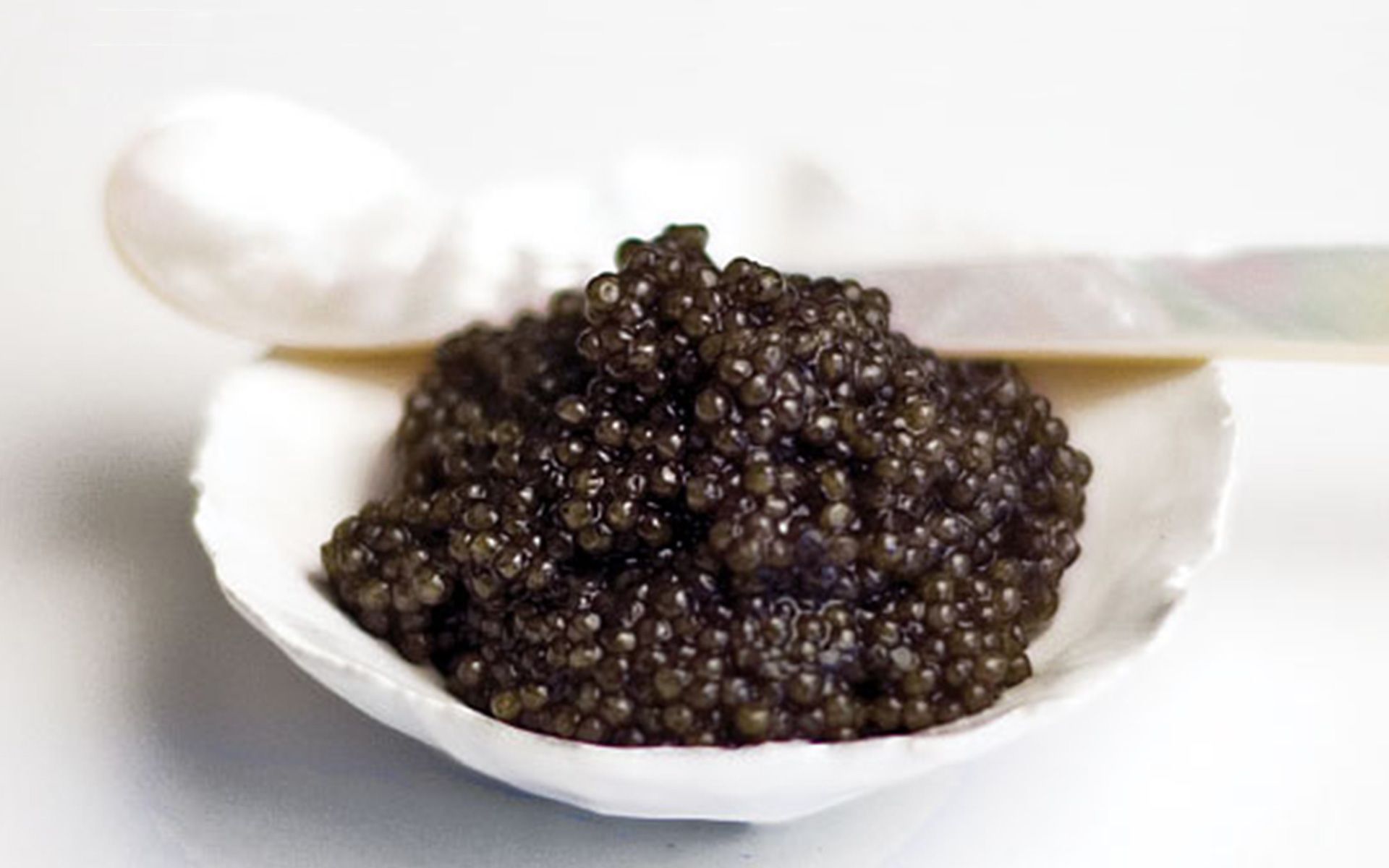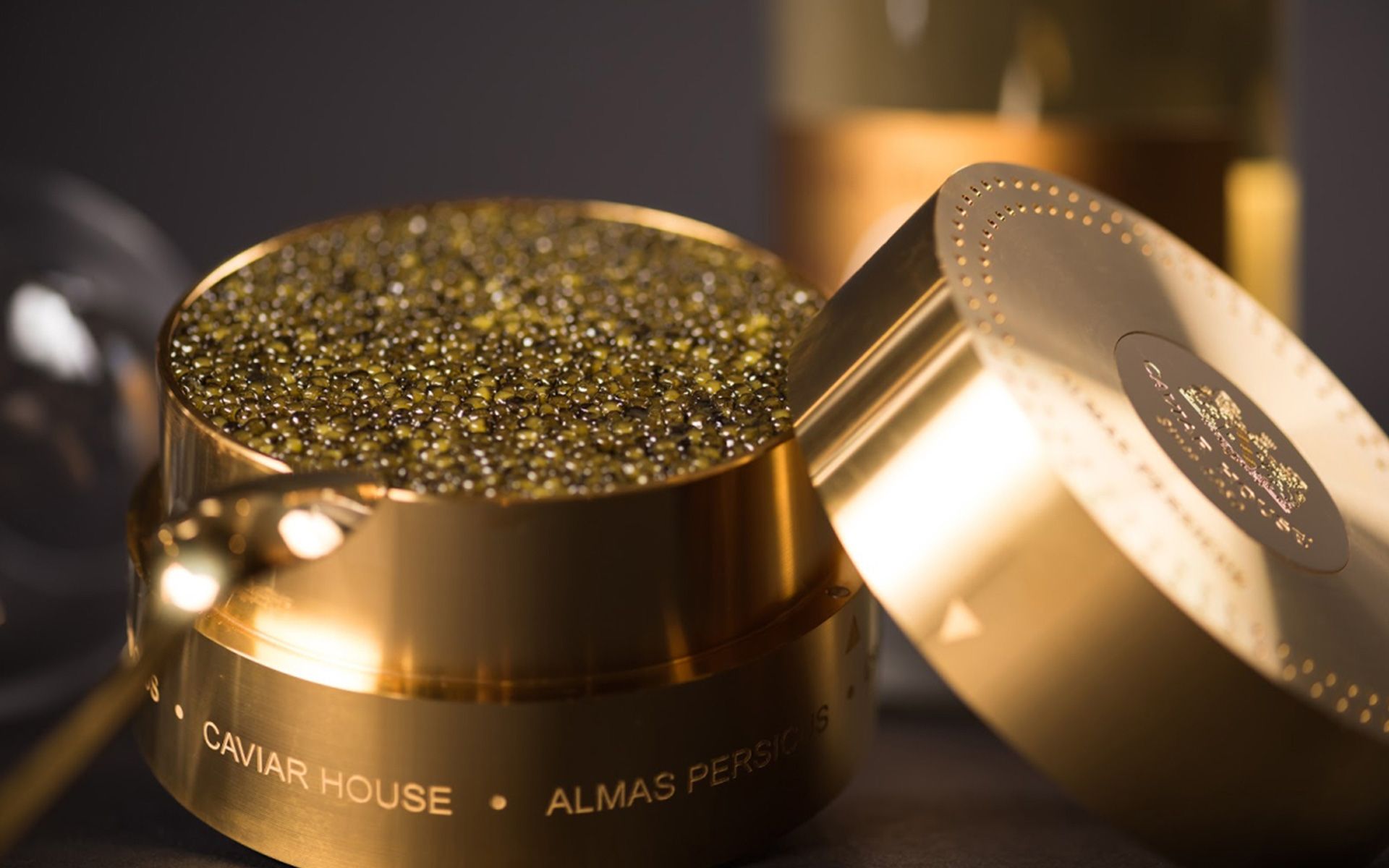Caviar is one of the world's most expensive food item, coming from fish called sturgeon and having a rating and classification system that can seem complex to the unfamiliar. Most of the world's caviar comes from three main species of sturgeon that live in the Caspian Sea – beluga, ossetra and sevruga. However, there are more than just these three species of sturgeon fishes around the world, also contributing to the world's supply of true black caviar.
Side note: caviar cannot be legally called caviar unless it comes from a sturgeon.
Graded by factors such as egg uniformity, colour, firmness, size, fragrance, taste and more, the classification system of caviar allows your to know what you're paying for. Grade 1 is prime and Grade 2 is a step below. The colour of the caviar is also important, for example, "0" for beluga caviar indicates grey, while "00" and "000" means medium grey and light grey respectively. Let's start with the basics:
The crème de la crème of the caviar world, Beluga comes from the largest of the sturgeon species, with the female taking up to 25 years to mature and produce eggs. Beluga caviar varies in colour, from light to dark gray, and is the largest amongst the different types of roes, yielding a rich and creamy taste that's highly prized. Although delicious, the fish that produces this caviar is endangered and fishing restrictions have been put in place.





